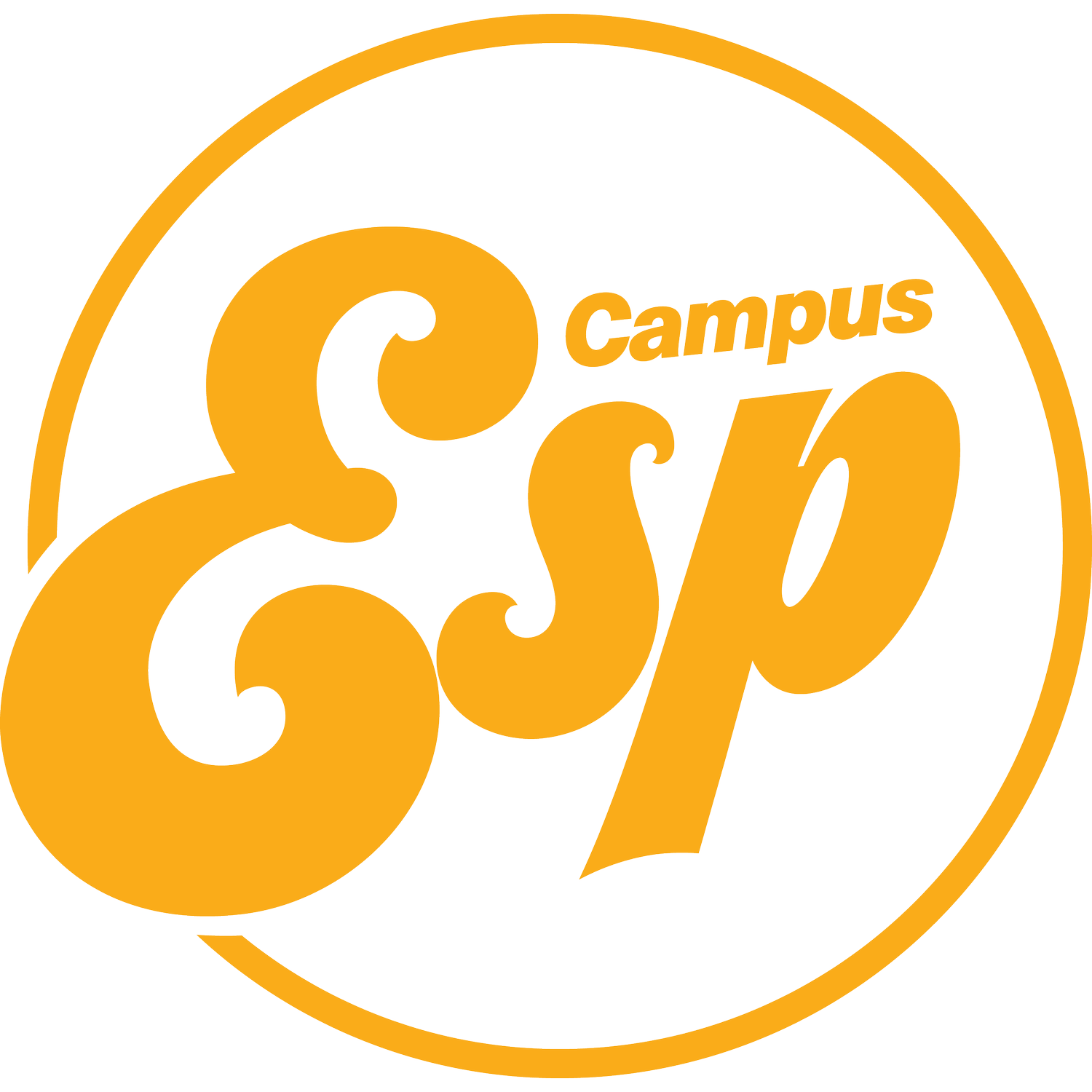How the University of Delaware turned family engagement into fundraising results
At the University of Delaware (UD), it has always been a priority to foster strong relationships with families. That’s why the Office of Parent & Family Engagement and the Office of Parent & Family Giving partner closely to keep Blue Hen families informed, engaged and connected – while offering opportunities to enhance the student experience through philanthropy.
UD has used CampusESP since 2020 to help personalize communication, identify gift prospects, automate outreach, and grow giving.
As Tracy Smith, UD’s Director of Parent & Family Giving and Student Life Philanthropy, put it, "A contributor to our success has been establishing relationships with families early in their UD journey. CampusESP allows us to do this work by educating our families and showing them how they can make an impact through philanthropy.”
In 2024, UD saw a 49% increase in parent fundraising dollars. They transformed interested families into dedicated donors, increasing support for campus initiatives. Buckle up as we dive into how UD turned parent engagement into a major win, and how CampusESP was their secret weapon.
The 6 steps behind a 49% jump in parent donations
1. Collect, expand, and manage a strong parent database
UD’s journey began with building a solid foundation: a comprehensive parent database.
After receiving contact information from Admissions and going through a scoring process with Research, UD relies on CampusESP to fill in the gaps. CampusESP surveys provide data on interest in philanthropy, interest in joining the Parent & Family Leadership Council, employer information, and more.
UD identified donors early — more than 5% of incoming Fall ‘24 families (400+ families) expressed interest in giving, and they didn’t stop there. They use regular surveys to expand their parent data, collecting insights from more than 20,000 respondents. This strategy revealed that 20% of families were interested in philanthropy, providing a goldmine of potential donors to focus on.
2. Automate campaigns to book more meetings with less effort
UD uses drip campaigns to automate the process of booking meetings with potential donors. One day after a parent expresses interest in philanthropy, they receive an automated email containing a link to schedule a meeting with the Parent & Family Giving team.
This email has led to multiple meetings. One incoming Fall ‘24 parent self-booked a meeting as early as March 2024, and they already have a proposal for a $40,000 to the Parents Fund – before the student has even arrived on campus! Although UD would have identified this parent eventually, it’s beneficial to begin the philanthropic relationship as early as possible.
"Automating our communication through drip campaigns has allowed us to reach more families with less effort. It’s about working smarter, not harder," said Smith.
3. Start building that family bond before students even step foot on campus.
UD connects with incoming first-year families as early as possible, setting the stage for a strong relationship. UD adds all incoming families to the CampusESP Blue Hen Family Hub as early as March, where they receive information about orientation, campus resources, financial aid, move-in, and more. By the time the fall semester begins, the average UD parent has received 15 emails from UD over the summer.
4. Keep families in the loop with more than just fundraising pitches.
“Families want to feel connected to their student’s journey, and by keeping them informed regularly through the Blue Hen Family Hub platform, we’ve been able to turn that connection into action through philanthropy.”
UD keeps families in the loop about campus news, dates and deadlines, student success tips, and programming for families, like Parents and Family Weekend. Parents love hearing from different campus partners — whether it’s student life, housing, or athletics.
At UD, families receive a biweekly automated email newsletter from CampusESP throughout their student’s journey, ensuring they stay connected to the institution.
5. Tailor solicitations based on known family interests.
Personalizing your approach makes a big difference. CampusESP makes it easy to send targeted messages based on a parent’s expressed interests, student academics, student activities, family giving history, athletic designation, location, class year, and more.
To provide a positive experience for all families, CampusESP also helps you focus on high-capacity families while excluding those who may not be able to give.
With a strategy of consistent family engagement and personalized appeals, UD achieved an impressive 60% email open rate on solicitations, making every interaction count.
6. Leverage data to guide your strategy.
With more than 18,000 undergraduate students, and limited time to score a meaningful gift, the Parent & Family Giving team needs to be strategic about where they focus their efforts. UD pairs parent capacity data with parent engagement data to help prioritize their outreach.
For example, while over 4,750 parents expressed interest in joining UD’s invite-only Parent & Family Leadership Council, UD narrowed the list based on capacity rating, and only those meeting a specific criteria were approached. This precision helped UD add a new council member this year who self-identified through the CampusESP survey, boasting a 99% email open rate, a 23% click rate, and 62 portal logins!
Many institutions also rely on Parent Promoter Score™ to pinpoint parents with the highest engagement and affinity. The correlation is clear: families who are more engaged are significantly more likely to contribute financially.
Insights for your parent giving journey
UD’s approach demonstrates that with early relationship building, consistent communication, and personalized outreach, universities can turn parent involvement into meaningful financial support. It’s not just about the tools; it’s about how you use them to make a real difference in your fundraising efforts.






